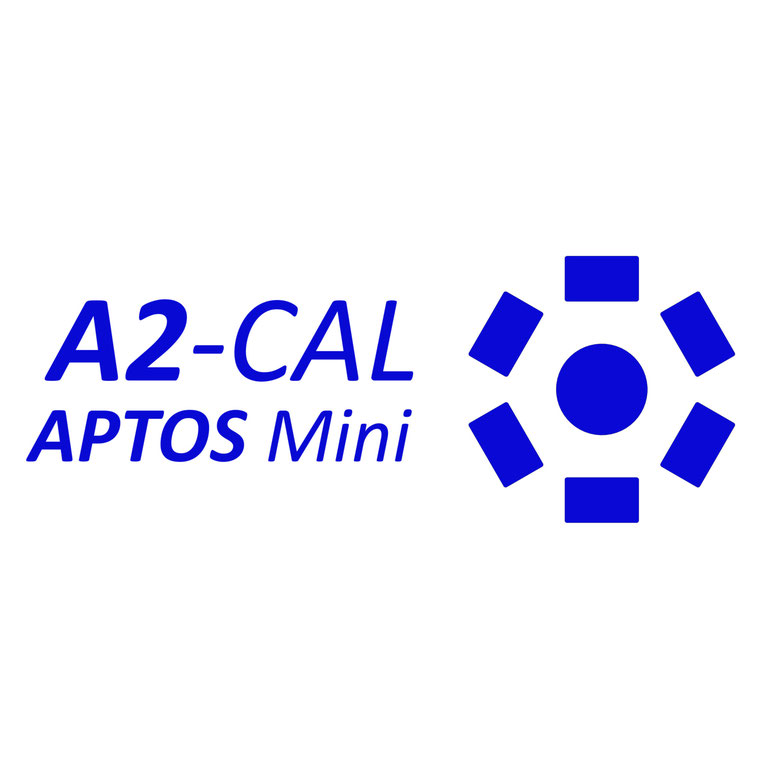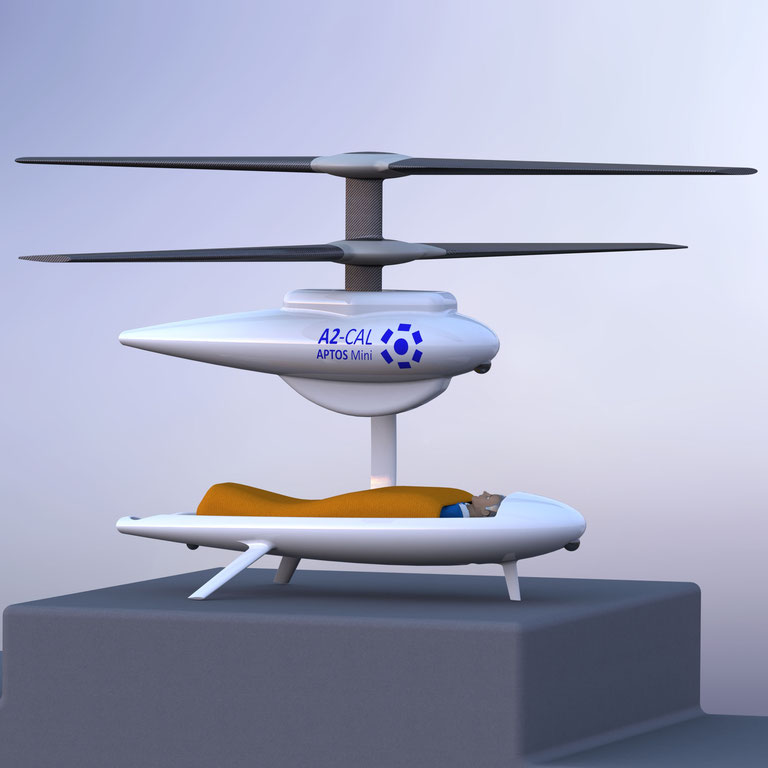GoAERO Stage 1 Winner

Jean-Francois Clavreul has been "fascinated by flying things" for as long as he can remember.
Indeed, the 44-year-old native of Western France who has also lived in the Alps and now resides in Berkeley, California, has been a Composite Materials, Structure, and Research and Development Engineer for Aerospace startups for 20 years. He vividly recounts:
"From childhood, I have many airplane memories like staring for hours at crop-dusting helicopters, being impressed by the Rutan Voyager flying around the world when I was six, the Mirage's sonic booms above our elementary school, the thrill of building and crashing in aeromodelling classes, and experiencing my first flight at around 10 years old. A beautiful retired Fouga Magister was also proudly displayed in my high school courtyard."
There were also the two years Jean-Francois served as an airport baggage handler at Chambery Airport in Viviers-du-Lac to pay for his engineering degree. "My friends were going skiing while I was doing this, but I was happy because I was around planes. Plus, this experience motivated me to succeed at school so I could pursue my career goals."
Throughout his career since 2003, Jean-Francois has worked for innovative aerospace and medical startups. For his first engineer job, he notes: "I had the chance to work for LISA-Airplanes (Le Bourget Du Lac, France) on the conceptual, aerodynamic, hydrodynamic, and structural design of the first ultralight hydrofoil aircraft, the AKOYA, from a clean sheet, with a wonderful team. I couldn't have had a better first job."
Ten years later, he took a significant role at JOBY Aviation, working at "the Barn" in Bonny Doon, CA. He describes working on the design and manufacturing "almost from scratch of the first EVTOL JOBY S4…. We were building something totally new and challenging, in complete stealth. This was an exciting and transformative experience."
Since then, he has been designing and prototyping uncrewed innovative aircraft for PYKA (Oakland, CA) and VOLANSI (Concord, CA), focusing on agricultural and cargo missions.
More recently, he's been exploring new fields at NEPTUNE Medical, where "we develop autonomous endoscopic robots that could potentially save millions of lives. There are striking similarities with Aerospace design, and I develop many new skills; I love it".
Another new and ambitious goal he set himself is to build a flying vehicle that could successfully compete in GoAERO, the global challenge to develop a new generation of emergency response flyers – aircraft that could respond more effectively and efficiently than helicopters and drones during wildfires, hurricanes, and other extreme weather incidents, or to medical emergencies that are often inaccessible by ambulances.
Jean-Francois is well on his way to achieving this. In fact, he is captain (and single-person team member) of Team A2-CAL in the challenge, one of the 11 Stage 1 winners.
He calls his vehicle the APTOS Mini and describes it as "an agile and versatile First-Response Flyer capable of autonomously carrying 150kg at 100 mph for 1 hour."
It's worth noting that in 2020, he won solo first place at the prestigious RAES (Royal Aeronautical Society, London) Aircraft Design competition for designing and simulating the long-range EVTOL ambulance APTOS Blue.
"At some point, it seems everybody will have some sort of emergency and need help," Jean-Francois asserts. "I hope my flyers will be able to provide that help safely and reliably. Tens of thousands of reliable, cost-effective flyers will be seamlessly integrated into the First Response ecosystem. I believe this will happen soon, and I want to contribute as much as possible."

He says being named a Stage 1 winner contributes significantly to his confidence in his GoAERO endeavors and motivates him to continue to Stage 2 and the Final Fly-Off.
He's focused on developing the A2-CAL flyer as a hybrid electric-gas-powered vertical take-off and landing vehicle, like a helicopter. His biggest challenge is that he is a single-person team, and with work, "it's difficult to find the time and brain power to allocate to the flyer, which he characterizes as his "fun job.” To save time, he’s doing most of the design “in my head when running trails in the Berkeley hills."
He is also actively seeking team members, while immersing himself in all the GoAERO webinars led by the world's leading authorities in their respective aviation, aerospace and mechanical engineering, and entrepreneurship fields. He’s found great value in them.
Moreover, he relies on the knowledge, skills, and experiences he gained from working with his "mentors and heroes in aviation, including Erick Herzberger, founder of LISA-Airplanes and EENUEE, and Joeben Bevirt, founder of JOBY Aviation. They are extraordinary CEOs and visionaries who have pushed me to use analysis and first principles instead of complacent consensuses."
Additionally, he expresses gratitude to Dr. Daniel Raymer (GoAERO mentor) and Dr. Stephen Morris (V-BAT and SWIFT conceiver), "prolific creators and professors, for their numerous and illustrious masterpieces that inspired me."
As a creative testament to his passion, he rendered the Raymer Mars Manned Plane hovering on the cover of his favorite book, "Aircraft Design, a Conceptual Approach," 7th edition. He has even patented and built wooden foldable rocking airplanes and rockets for his young nieces and nephews. "They love it; I want to make hundreds of them!" he says with a smile.
To highlight your GoAERO Team, contact us at info@goaeroprize.com.
REMINDER: Stage 2 Registration Documents are available here.
Benefits for Teams can be found here.
Team Summit: Let us know if you can join here.
